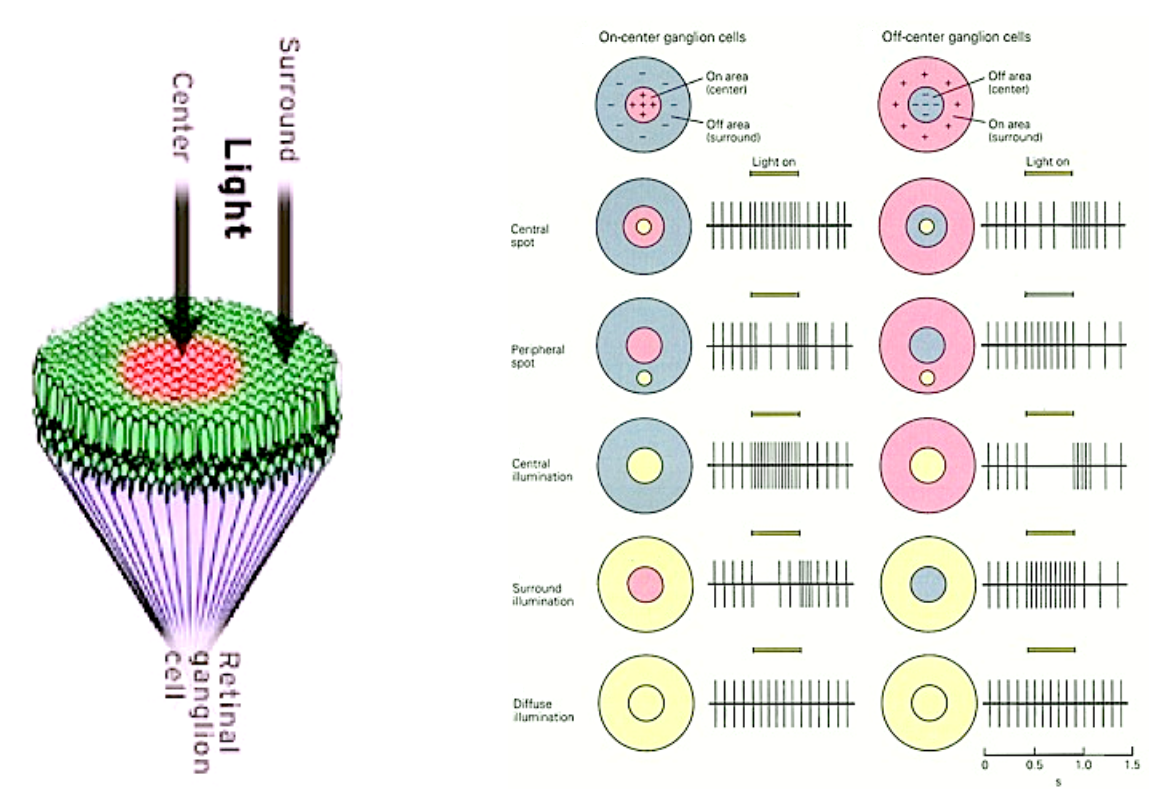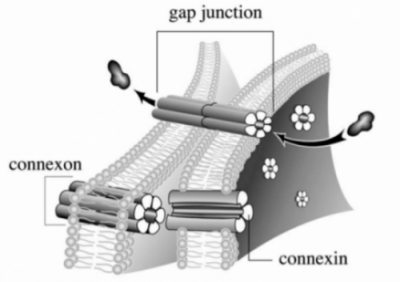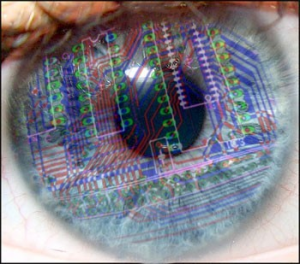More information here.
Category: Uncategorized
Aug 28
Laconeu’14
The KEOpS team is preparing http://www.laconeu.cl The principal aim of LACONEU2014: 3rd Latin-American Summer School in Computational Neuroscience is to promote in Latin America the field of Computational Neuroscience through cutting edge mathematical and computational science tools and its applications in Biomedical Research and Clinical Application. The multidisciplinary study of brain function using neuroscience, mathematics …
Nov 09
Intership: building a software for online spike sorting
The human or animal retina is studied “in vivo” by measuring with an array of electrodes, action potentials generated by a neuron population which reacts to a given stimulus. On each electrode a voltage is measured which reflects the mixture of several neuronal responses. It is a challenge to identify and sort the events corresponding …
Aug 16
Keops to CORTINA: a contribution to the study of Alzheimer’s disease.
Chilean neurobiologists, with the assistance of French colleagues have shown that degue Chile – a small rodent – often suffers, as they age, a pathology similar to Alzheimer’s disease. It could provide an excellent model to study for researchers. More : the (large audience French) article of Pour la Science, and the scientific publication. See …
Jul 30
What are retinal receptive fields?
What are retinal receptive fields? In order to answer this question, we need to respond two others beforehand. The first is what’s the retina? A short answer for this question is that the retina is the bowl shaped tissue located in the back of the eye. This light sensitive tissue contains a complex network of …
Jul 24
The NeuroComp/KEOpS’12 workshop
The joined NeuroComp/KEOpS’12 Bordeaux workshop welcomes you ! «Beyond the retina: from computational mode to outcomes in bioengineering. Focus on architecture and dynamics sustaining information flows in the visuomotor system.» October the 10 and 11th. http://www.neurocomp.fr/neurocomp-2012
Jul 17
What are Gap Junctions?
In neural systems, an electrical synapse is a mechanical and electrically conductive link between two adjacent neurons that is formed by proteins known as gap junctions. Hence, an electrical synapse is also called a gap junction. In this kind of coupling, the synaptic current is proportional to the difference of membrane potentials between a neuron …
Mar 14
Our questions
The main scientific questions : How is sensory neural codification done, as far as non-standard retinal cells are concerned? How are the sensory designs well adapted to the statistical distribution – highly correlated- of natural images? What exactly – in terms of spikes trains (space and time)– is the retina (including non- standard cells) sending …




